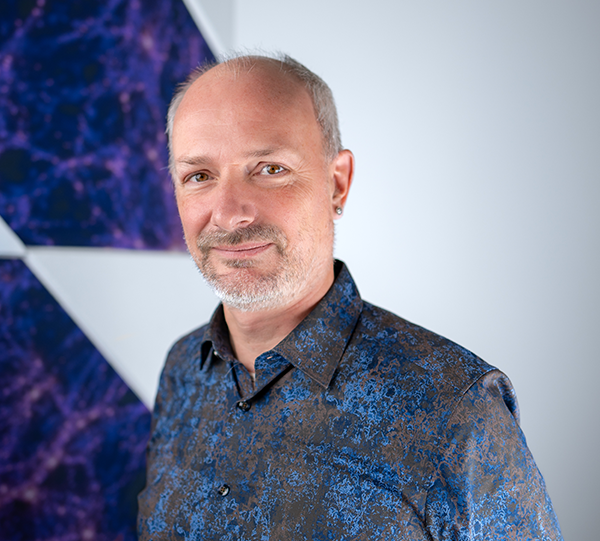Astrochemistry
Galaxies like the Milky Way contain not just stars, but also clouds of gas and dust, out of which new stars form. The gas in such clouds is mostly hydrogen, but also contains traces of other molecules. Some of these are commonly known on Earth, such as carbon monoxide (CO), ammonia (NH3), and methanol (CH3OH), while others only occur under special laboratory conditions, such as formyl (HCO+). Some species were even found in space before they were known on Earth! The chemical composition of interstellar gas clouds reveals a great deal about their physical properties, sets the initial conditions for astrobiology, and tells us about basic chemical processes that are hard or impossible to study on Earth.
The habitability of exoplanets
Since 1995, thousands of planets have been discovered around nearby stars; probably there are more planets than stars in the Universe. About 1% of planets resemble the Earth in size, composition, and temperature, which makes them candidates for habitable worlds.
My research focuses on the question which conditions are required (and optimal) for life to originate (or at least survive) on exoplanets, how similar such life will be to life on Earth, and how we may recognize signs of such life in observations with telescopes.



